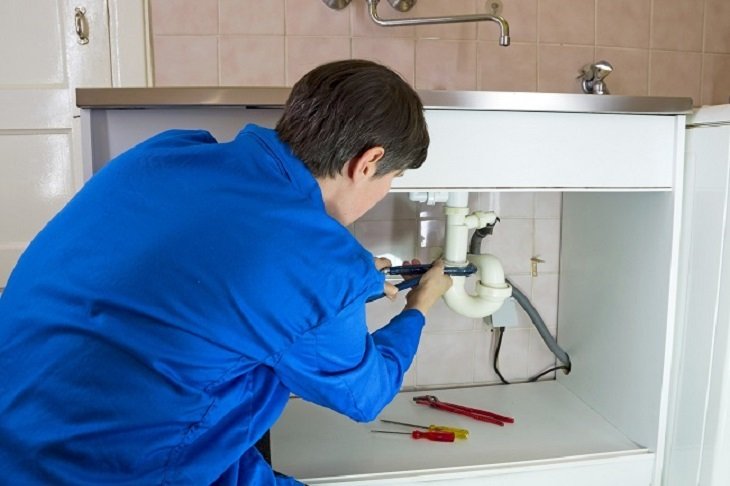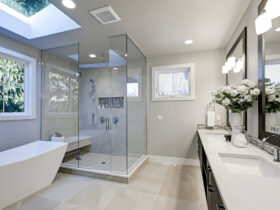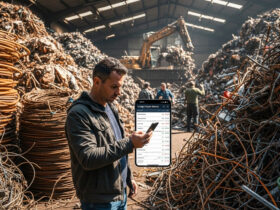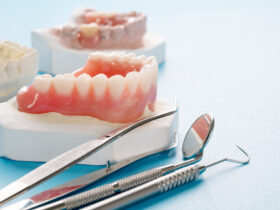Blocked drains are common plumbing problems but can be a nuisance and cause many headaches if left unresolved. They can lead to slow-moving water, foul odors, and even water damage. They can cause serious health issues too.
But the good news is that fixing blocked drains is easier than you might think. With some know-how and the usage of the right tools, you can quickly unclog your drain and get your water flowing freely again. We will walk you through the methods to fix a blocked drain and provide tips and tricks to help prevent blockages from happening again. So don’t let a clogged drain get you down.
Indications of a Clogged Drain
Before you learn how to fix the issues that cause blocked drains, you need to know the reasons for causing such problems as well. Several signs can indicate that you have a clogged drain. If you notice any of the following symptoms, your drain is likely blocked and in need of cleaning or repair:
- Slow-moving or standing water:
If water is not draining from your sink, shower, or tub as quickly as it used to, or if water is standing in your sink or shower, this could be a sign of blocked drains.
- Water backflow:
If water flows back into your sink or shower, this is a clear sign that the drain is blocked and needs to be cleared.
- Toilet not flushing correctly:
If your toilet is not flushing out properly, this could be a sign of a blocked drain in the main sewer line.
- Overflowing sinks:
Water overflowing from a sink, shower, or bathtub indicates a blocked drain. - Gurgling or bubbling sounds:
If you hear gurgling or bubbling sounds from your drain, this could signal that air is trapped in the pipes and the drain is blocked. - Foul odors:
A clogged drain can cause unpleasant odors to emit from your sink, shower, or toilet.
Blocked drains are common plumbing problems but can be a nuisance and cause many headaches if left unresolved. They can lead to slow-moving water, foul odors, and even water damage. They can cause serious health issues too.
But the good news is that fixing blocked drains is easier than you might think. With some know-how and the usage of the right tools, you can quickly unclog your drain and get your water flowing freely again. We will walk you through the methods to fix a blocked drain and provide tips and tricks to help prevent blockages from happening again. So don’t let a clogged drain get you down.
Indications of a Clogged Drain
Before you learn how to fix the issues that cause blocked drains, you need to know the reasons for causing such problems as well. Several signs can indicate that you have a clogged drain. If you notice any of the following symptoms, your drain is likely blocked and in need of cleaning or repair:
- Slow-moving or standing water:
If water is not draining from your sink, shower, or tub as quickly as it used to, or if water is standing in your sink or shower, this could be a sign of blocked drains.
- Water backflow:
If water flows back into your sink or shower, this is a clear sign that the drain is blocked and needs to be cleared.
- Toilet not flushing correctly:
If your toilet is not flushing out properly, this could be a sign of a blocked drain in the main sewer line.
- Overflowing sinks:
Water overflowing from a sink, shower, or bathtub indicates a blocked drain. - Gurgling or bubbling sounds:
If you hear gurgling or bubbling sounds from your drain, this could signal that air is trapped in the pipes and the drain is blocked. - Foul odors:
A clogged drain can cause unpleasant odors to emit from your sink, shower, or toilet.

Reasons for a clogged drain
There are multiple reasons why a drain can become clogged. It’s essential to be mindful of what goes down your drains and to address any blocked drains as soon as they are noticed. Ignoring the issue could lead to more significant problems and costly repairs. So, know the reasons causing such issues-
- Hair and soap wastes:
Hair and soap scum can quickly accumulate in the drain, creating a blockage that can slow water flow or cause water to back up. It is one of the most common reasons for blocked drains.
- Grease and oil:
Pouring grease and oil down the drain can cause it to solidify and create a blockage in the pipes.
- Food wastage:
Food scraps such as coffee grounds and eggshells can quickly become lodged in the drain, creating a blockage.
- Other non-soluble materials:
Items such as toys, jewelry, plastics, or small appliances can accidentally get flushed down the toilet and lodged in the pipes.
Methods for Unclogging a Clogged Drain
It’s important to note that some methods may not be suitable or safe for specific blocked drains or plumbing systems. The method that you can use are-
- Boiling water:
Pouring a pot of boiling water down the drain can help break up and flush away blockages caused by grease and oil. However, pour slightly warm water if you have plastic-made pipes.
- Baking soda and vinegar:
Mixing baking soda and vinegar creates a natural cleaning solution that can help break up and flush away most of the blockages.
- Chemical cleaners:
Chemicals such as drain cleaners can break up and dissolve blockages. However, you must use them cautiously, and following the manufacturer’s instructions is essential.
- Plunger:
A plunger is a simple and effective tool for unclogging drains. Place the plunger over the drain, press down firmly, and release quickly to create suction that can break up and remove blockages.
- Drain snake:
A drain snake, also known as a plumbing snake, is a long, flexible rod with a pointed tip that can be inserted into the drain to break up and remove blockages. If you cannot clear the blocked drains, it is best to call a professional plumber to assess the situation and fix the problem.
Conclusion
Blocked drains can be a real headache, but don’t let them get you down. You can quickly unclog blocked drains with the right tools and get your water flowing freely by the methods given here in this article.










Find Us on Socials